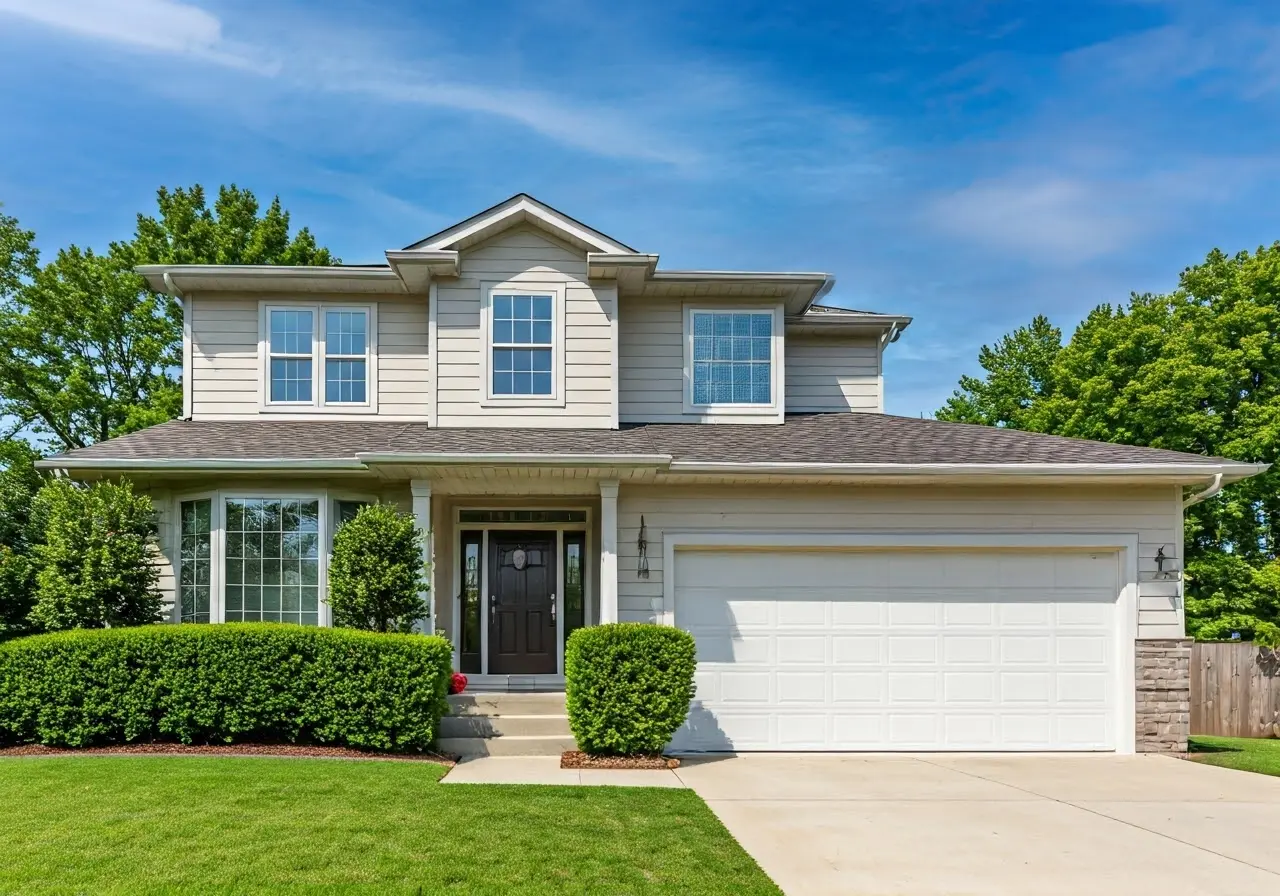Choosing the right siding for your home is more than just a matter of aesthetics—it’s about ensuring your home stands strong through all kinds of weather. Our local siding company understands how the climate in our region can impact siding materials, and we’re here to share some insights. In this blog, we’ll explore the connection between climate and siding and provide valuable tips for homeowners seeking durable and beautiful exterior solutions.
Understanding the Role of Climate in Siding Choice
Climate plays a crucial role in determining how different siding materials perform. From fluctuating temperatures to humidity levels, these factors can significantly affect the durability and maintenance needs of your siding. Understanding these elements can help you choose the right material for your home.
When selecting siding, it’s important to consider how various materials respond to local climate conditions. For instance, wood siding, while aesthetically pleasing, might not be ideal in areas with high rainfall due to its susceptibility to moisture and potential for rot. On the other hand, vinyl and fiber cement siding are often favored for their resilience and low maintenance in such environments. Furthermore, the impact of temperature fluctuations should not be underestimated; extremely hot or cold weather can cause some sidings to expand or contract, leading to potential warping or cracking. Thus, understanding your local climate is the first step in making an informed decision.
Arming yourself with knowledge about climate impacts can also protect your investment in siding. Avoiding mismatched materials not suited for your area can save you costly repairs or early replacements down the line. It’s wise to weigh factors such as thermal conductivity, weather resistance, and moisture barriers when considering which siding option fits best in your geographic region. Our experts at Origin Roofing and Exteriors are equipped to guide you in navigating these crucial decisions, ensuring your siding choice is both aesthetically pleasing and functionally robust.
The Effects of Extreme Weather on Siding
Extreme weather conditions, such as heavy rain, strong winds, and hail, can pose significant challenges to the integrity of your siding. Learn how materials like vinyl and fiber cement withstand these harsh conditions and which options might be best for your local climate.
In regions prone to severe weather, siding materials are often put to the ultimate test. Hurricanes, tornadoes, and intense thunderstorms can shake even the sturdiest homes, making the choice of siding a crucial consideration for homeowners. Vinyl siding, with its ability to flex and absorb impact without shattering, often excels in such environments. Similarly, fiber cement siding provides an added layer of security with its non-combustible properties, making it resistant to both fire and storm damage. According to experts, climate significantly affects siding selection, which is why understanding the capacity of different materials to withstand extreme events can save your home from potential disasters.
Moreover, it’s essential to recognize the role of professional installation in ensuring optimal performance against extreme weather conditions. Misaligned panels or improperly fastened sections can become weak points where water seeps through or wind wedges the siding off the structure. Our professional team emphasizes that proper installation can significantly enhance your home’s defense against elements, securing a snug fit that shields your property efficiently during adverse conditions.
Choosing Siding for Hot and Humid Climates
In areas with high temperatures and humidity, siding materials need to resist warping and moisture damage. Discover which materials are best suited for such climates and how they can help keep your home cool and dry.
For homeowners in hot and humid climates, selecting siding that can withstand persistent moisture and elevated temperatures is imperative. Materials like engineered wood, which typically lack resistance to humidity, can swell or warp, unraveling even high-quality construction over time. Instead, options like vinyl and fiber cement offer better resilience, preventing warping caused by thermal expansion. Their low thermal conductivity helps in minimizing heat absorption, keeping your interiors cooler during sweltering summer months. Additionally, metal siding, known for its heat reflective properties, might also be an optimal choice for these climates.
Ultimately, ensuring your chosen siding material has been specifically treated or manufactured to endure the local climate can directly impact your home’s energy efficiency and maintenance costs. For instance, integrating breathable materials to combat condensation buildups and selecting paints or finishes with UV-resistant additives may enhance durability. By consulting with our siding experts, you can explore tailored solutions designed to fortify your home against the challenges of humid environments.
Dealing with Cold and Frosty Conditions
Cold climates demand siding that can endure freezing temperatures and resist cracking. Explore the benefits of materials that offer excellent insulation and protection against the cold, keeping your home warm and energy-efficient.
Living in a region with unforgiving winters calls for siding materials that can not only endure biting cold but also contribute to the overall thermal comfort of the household. Among the top options are insulated vinyl and fiber cement sidings, which are engineered to provide superb protection against the chill while simultaneously lowering heating costs. These materials act as additional barriers to heat loss, reducing the strain on your home’s heating systems. Incidentally, the energy efficiency provided by these materials helps homeowners to cut utility bills during the frosty months.
Moreover, the durability of these materials in freezing conditions ensures they won’t succumb to temperature-induced warping or cracking. The induced expansion and contraction cycles typical of frozen weather are less likely to impact materials designed for cold endurance. Not only do they shield your home from the elements, but they also maintain their aesthetic appeal, ensuring your property looks its best all year round. Our specialists at Origin Roofing and Exteriors understand the nuances of material performance in cold climates and can offer advice on the best solutions tailored to your specific needs.
Maintenance Tips to Enhance Siding Longevity
Regular maintenance can extend the life of your siding, regardless of the climate. Learn practical tips from our local siding company on how to care for your siding and ensure it remains in top condition through all seasons.
Proper siding maintenance can dramatically extend its lifespan, ensuring your home remains protected against the elements, no matter the season. For instance, regular cleaning to remove dirt, mildew, and stains helps prevent potential damage while maintaining aesthetic appeal. In climates with high moisture or rainfall, it’s essential to inspect for any signs of water damage, such as soft or discolored spots, and address issues promptly. Sealing gaps and repainting as necessary can also fend off weather damage.
It’s also beneficial to schedule regular inspections with professionals who can detect issues that are not obvious to the untrained eye. Our experts at Origin Roofing and Exteriors recommend conducting at least yearly checkups to catch and mitigate any developing wear. By following these maintenance tips and enlisting our inspection services, you can rest assured your siding remains a robust shield, safeguarding your home across seasons and weather conditions.
Making the Right Choice for Lasting Protection
Selecting the right siding for your home involves carefully considering the specific climate of your area. By leveraging the insights from experts at our local siding company, you can make informed decisions that enhance the longevity and appearance of your home. Whether facing harsh winters or sweltering summers, the right siding can provide your home with the protection it needs, ensuring it remains beautiful for years to come.


